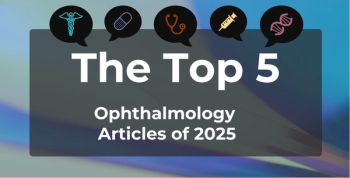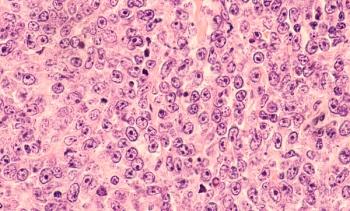
More Than 1 Million Young Women Get Bimanual Pelvic Exams They Don't Need, Study Finds
Unnecessary testing may expose young women to “preventable harms,” including anxiety, false-positives, and treatment that isn’t needed, according to findings in JAMA Internal Medicine.
About 1.4 million teenage women may receive bimanual pelvic exams they don’t need, a new study reports today, as results show that more than half these exams and three-quarters of all Papanicolaou (Pap) tests performed on women aged 15 to 20 years in the United States may be unnecessary.
Such testing may expose young women to “preventable harms,” including anxiety, false-positives, and treatment that isn’t needed, according to the findings in JAMA Internal Medicine. The researchers found that being prescribed hormonal birth control increased the likelihood that a young women would have a bimanual pelvic exam (BPE) or Pap test or both, even though the pelvic exam is not recommended in clinical guidelines.
Researchers from CDC and the University of California, San Francisco, examined 6 years’ worth of data from the National Survey of Family Growth (2011-2017), a nationally representative sample of men and women aged 15 to 44 years conducted by the National Center for Health Statistics. Using a population-based sample of 3410 young women for the analysis, the researchers reported the following:
- An estimated 2.6 million women aged 15 to 20 years in the United States (22.9%) received a BPE in the past year, and 54.4% of these were potentially unnecessary.
- An estimated 2.2 million young women (19.2%) received a Pap test in the past year, and 71.9% of these were potentially unnecessary.
Clinical guidelines as well as recommendations from the US Preventive Services Task Force (USPSTF) do not recommend screening for cervical cancer before women turn 21 years of age. In 2017, the USPSTF concluded that current evidence is “insufficient” to weigh the benefits and risks of screening pelvic exams of women who are not pregnant or exhibit no symptoms. In 2018, the American College of Obstetricians and Gynecologists (ACOG) called for pelvic exams only when symptoms or medical history show they are needed.
Current guidelines do call for a bimanual pelvic examination when prescribing an intrauterine device (IUD) or when screening for a sexually transmitted infection (STI).
Survey responses from the 3410 young women used in the analysis found that 4.8% were pregnant, 22.3% had undergone testing for an STI, and 4.5% received treatment or medication for an STI within the past 12 months.
The prevalence of having ever received a BPE was 29.1%, representing 2.6 million women, with nearly one-fourth receiving an exam in the past 12 months. With 54.4% of these exams potentially unnecessary, the authors wrote, this translates into 1.4 million young women having unnecessary exams.
The review also found that a fifth of the young women received a Pap test in the past 12 months; of the group, 71.9% were potentially unnecessary, translating into 1.6 million women in the United States receiving an unnecessary test.
Factors associated with receiving a BPE included being older (adjusted prevalence ratio [aPR], 1.25), having a pregnancy (aPR, 1.70), or having STI testing (aPR, 1.60). Young women who had a Pap test were 7 times more likely to have an exam (aPR, 7.12). However, in addition, those receiving hormonal contraception other than IUD were 31% more likely to receive a BPE than young women who did not use these types of contraception (aPR, 1.31).
Young women with public insurance (aPR, 0.87) or no insurance (0.83) were less likely to receive a BPE than young women with commercial insurance. Race/ethnicity and STI treatment were not found to be factors once the data were adjusted.
Those who used hormonal contraception were 75% more likely to receive a Pap test than those who did not use these methods (aPR, 1.75). Older teenagers were also more likely to have a Pap test (aPR, 1.37).
“Having such information could help better identify low-risk women who do not need a BPE,” the authors wrote. As most health professionals believe a pelvic exam must include a BPE, they said, “the prevalence of overall pelvic examination is likely to be similar to our estimates if not higher.”
Reference
Qin J, Saraiya M, Martinez G, Sawaya GF. Prevalence of potentially unnecessary bimanual pelvic examinations and Papanicolaou tests among adolescent girls and young women aged 15-20 years in the United States [published January 6, 2020]. JAMA Intern Med. doi: 10.1001/jamainternmed.2019.5727.
Newsletter
Stay ahead of policy, cost, and value—subscribe to AJMC for expert insights at the intersection of clinical care and health economics.







































